Ancient trees are more than just towering giants; they are living monuments to our planet’s history, thriving in undisturbed forests across the globe. These remarkable trees have stood the test of time, weathering countless seasons and witnessing the rise and fall of civilizations. Each tree carries unique stories and ecological significance, providing habitats for diverse species and contributing to the natural balance of their environments. In this list, we explore some of the most extraordinary ancient trees still thriving today, each one a testament to the resilience and majesty of nature.
Pando Aspen Grove (USA)
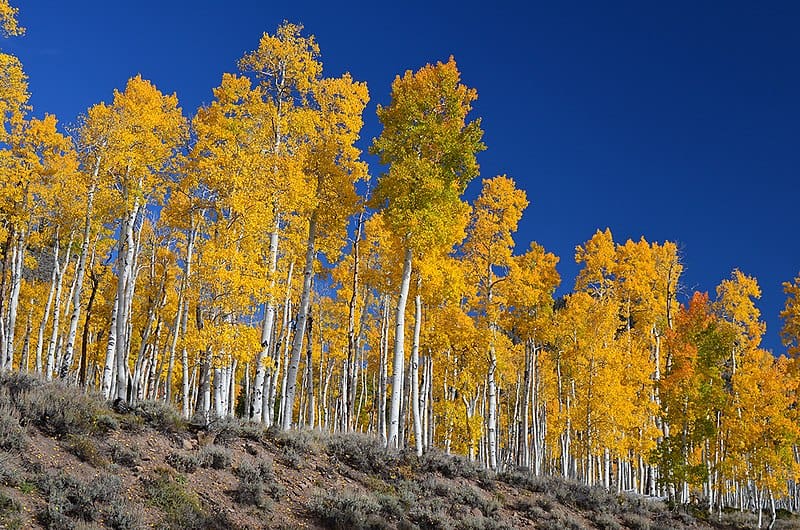
Pando, located in Utah, is an ancient clonal colony of quaking aspens believed to be over 80,000 years old. This forest of genetically identical trees shares a single root system, making it one of the oldest and largest living organisms on Earth. The grove covers 106 acres, offering a glimpse into ancient biological continuity. Pando’s resilience showcases nature’s ability to thrive over millennia. The grove is a testament to the longevity and interconnectedness of life in undisturbed environments.
Jomon Sugi (Japan)

Jomon Sugi, found on Japan’s Yakushima Island, is estimated to be between 2,170 and 7,200 years old. This giant cryptomeria tree stands as a symbol of endurance and history, towering over the ancient forests. The dense, misty environment of Yakushima protects this tree, fostering a unique ecosystem. Jomon Sugi’s twisted, gnarled branches tell tales of countless seasons passed. Its presence draws visitors seeking to connect with Japan’s deep natural heritage.
Methuselah (USA)
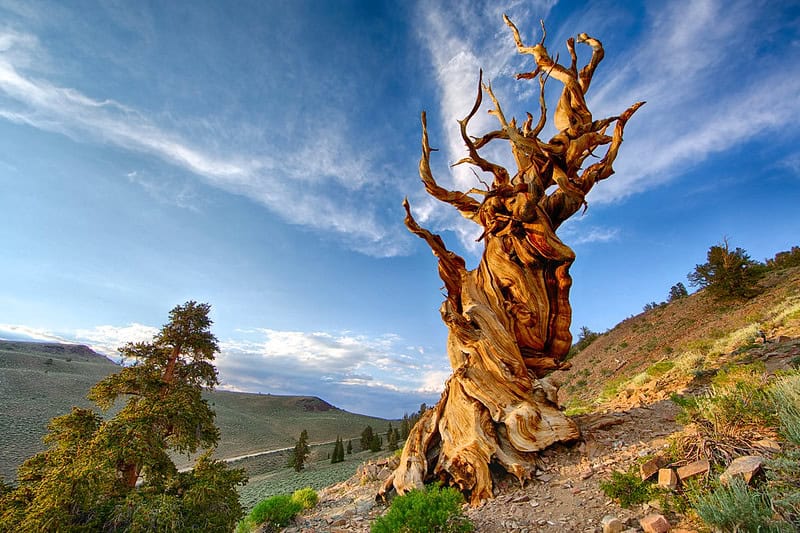
Methuselah is a bristlecone pine in California’s White Mountains, estimated to be over 4,800 years old. This venerable tree stands in a remote, high-altitude grove, surviving harsh conditions. Its resilience to extreme weather and poor soil highlights the adaptability of ancient flora. Methuselah’s twisted form and sparse needles narrate a history of endurance and change. This tree remains a living chronicle of natural history.
Sarv-e Abarqu (Iran)

The Sarv-e Abarqu, or Zoroastrian Sarv, is a cypress tree in Iran believed to be around 4,000 years old. Nestled in the Yazd province, this tree is a sacred symbol in Persian culture. The tree’s robust trunk and evergreen foliage have witnessed countless generations. It stands as a testament to the ancient Zoroastrian tradition and Persian respect for nature. Sarv-e Abarqu’s continued vitality showcases the harmonious balance of life in undisturbed habitats.
Alerce Tree (Chile)
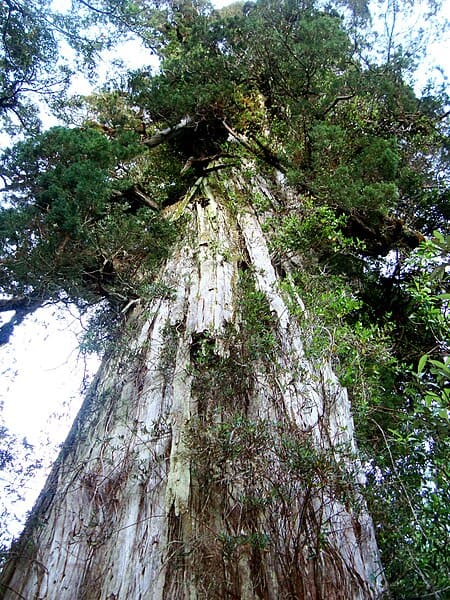
Located in Chile’s Alerce Costero National Park, an ancient alerce tree is believed to be over 3,600 years old. This Patagonian cypress, part of a dense rainforest, stands tall among the lush vegetation. The tree’s thick bark and towering height reflect its long journey through time. Its resilience to logging and climate challenges underscores the importance of conservation. The alerce’s majestic presence is a beacon of the forest’s ancient lineage.
Olive Tree of Vouves (Greece)
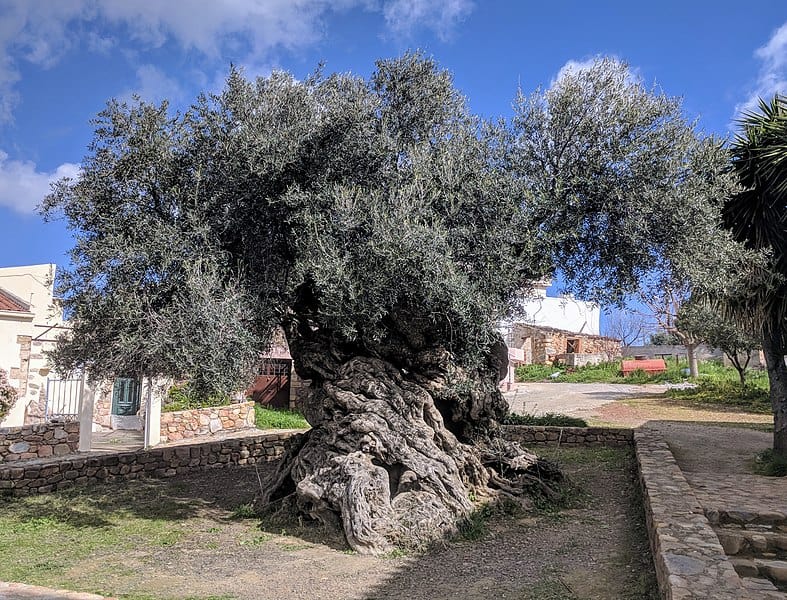
The Olive Tree of Vouves on Crete is estimated to be over 3,000 years old. This tree continues to produce olives, symbolizing longevity and resilience. Its gnarled trunk and lush canopy are revered by locals and visitors alike. The tree’s age and productivity connect ancient agricultural practices with modern times. Vouves stands as a living monument to Greece’s rich natural and cultural heritage.
Te Matua Ngahere (New Zealand)
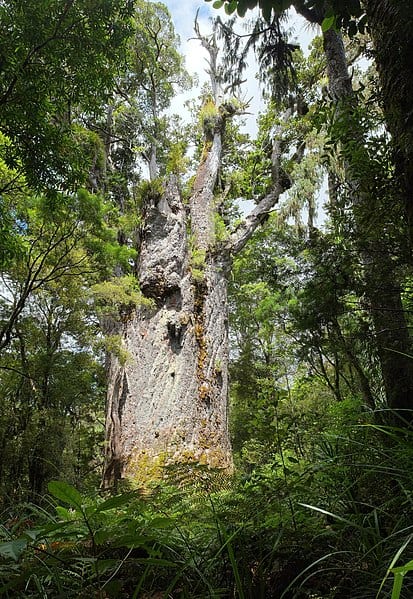
Te Matua Ngahere, located in New Zealand’s Waipoua Forest, is an ancient kauri tree believed to be around 2,500 years old. This colossal tree is known as the “Father of the Forest,” with a massive trunk girth and expansive canopy. The tree’s age-old bark and imposing presence command reverence. It provides crucial habitat for numerous species, underscoring its ecological importance. Te Matua Ngahere embodies the spirit of New Zealand’s untouched wilderness.
The Senator (USA)

The Senator was a bald cypress tree in Florida, estimated to be around 3,500 years old before it was tragically destroyed by fire. It stood in Longwood, within Big Tree Park, and was a towering symbol of ancient life. Despite its loss, the tree’s legacy continues to inspire conservation efforts. The Senator’s history highlighted the delicate balance of preservation and natural threats. Its remains now serve as a reminder of the importance of protecting ancient trees.
Patriarca da Floresta (Brazil)

The Patriarca da Floresta is a giant Cariniana legalis tree in Brazil, estimated to be over 3,000 years old. Located in the Atlantic Forest, this towering tree is a vital part of the ecosystem. Its immense trunk and sprawling branches provide shelter and sustenance for diverse wildlife. The tree’s continued existence is a symbol of Brazil’s rich biodiversity. Patriarca da Floresta stands as a guardian of ancient forest traditions.
Yggdrasil (Sweden)
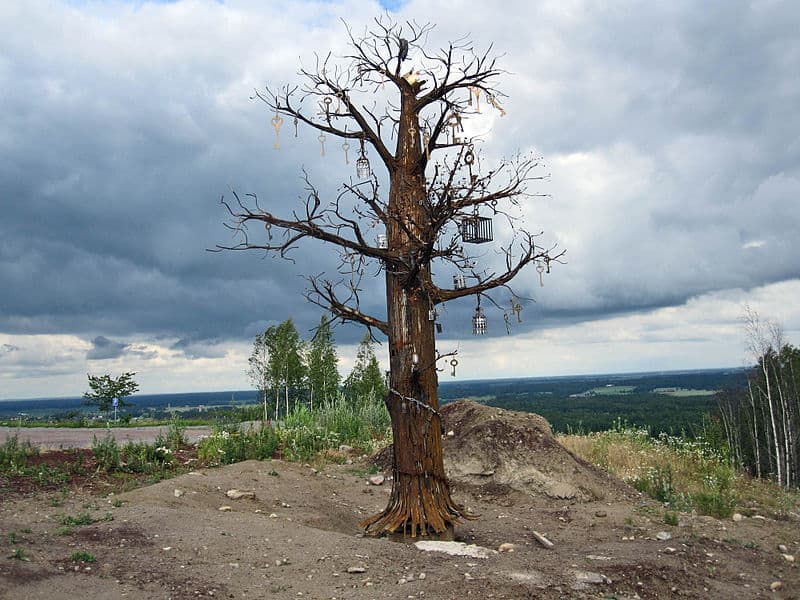
In the folklore-rich forests of Sweden, Yggdrasil is often compared to ancient trees such as the European Yew, some of which are over 2,000 years old. These trees, with their thick, twisting trunks and evergreen needles, evoke the mythic World Tree. They thrive in the temperate climate, drawing a connection between legend and nature. The yews’ longevity and resilience are celebrated in Nordic culture. These ancient trees remind us of the enduring ties between mythology and the natural world.
Old Tjikko (Sweden)
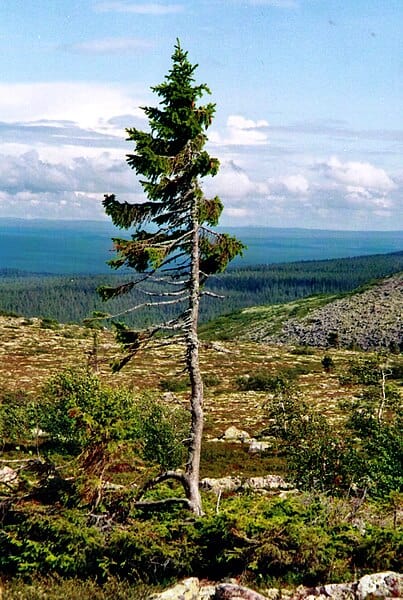
Old Tjikko is a Norway spruce in Sweden, estimated to be around 9,500 years old. Found on Fulufjället Mountain, it is considered the world’s oldest clonal tree. The tree’s root system has survived through millennia, sprouting new trunks as old ones perish. Old Tjikko’s existence highlights the adaptability and persistence of life in harsh climates. Its story is a testament to nature’s remarkable ability to endure.
Gran Abuelo (Chile)
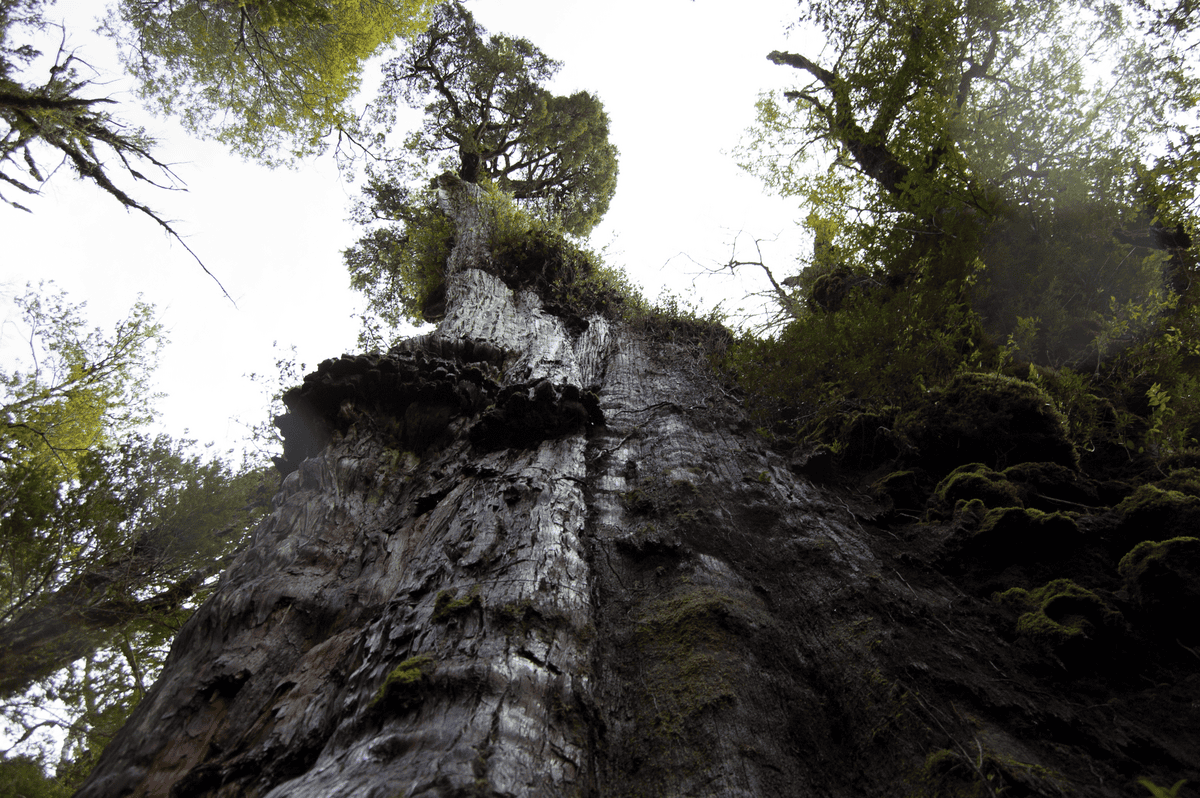
Gran Abuelo, or “Great Grandfather,” is an alerce tree in Alerce Costero National Park, Chile, estimated to be over 3,600 years old. This massive tree, towering above the rainforest, represents the ancient lineage of Patagonian forests. Its thick, weathered bark protects it from the elements, while its height reaches towards the sky. Gran Abuelo is a symbol of endurance and natural history. Its presence underscores the importance of preserving ancient forests.
The Tree of Tule (Mexico)
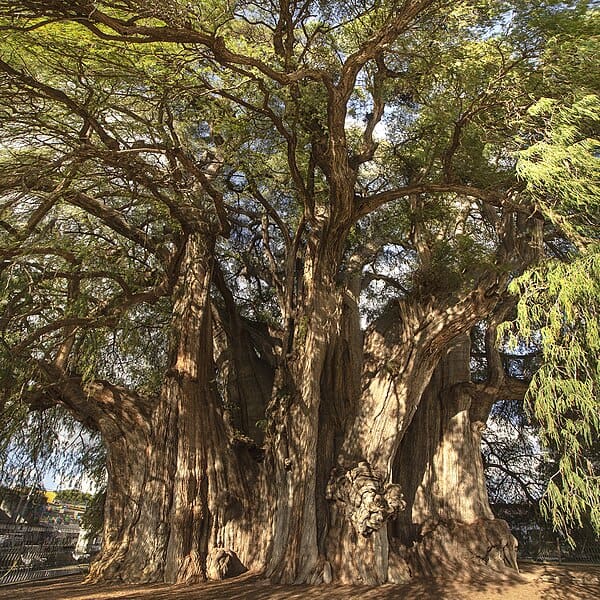
The Tree of Tule, a Montezuma cypress in Oaxaca, Mexico, is over 2,000 years old. It boasts the widest trunk in the world, measuring over 38 feet in diameter. This massive tree is a focal point of local culture and a marvel of natural history. Its age and size attract visitors from around the globe, emphasizing its importance as a natural wonder. The Tree of Tule’s robust health and grandeur are testaments to the vitality of undisturbed ecosystems.
Llangernyw Yew (Wales)
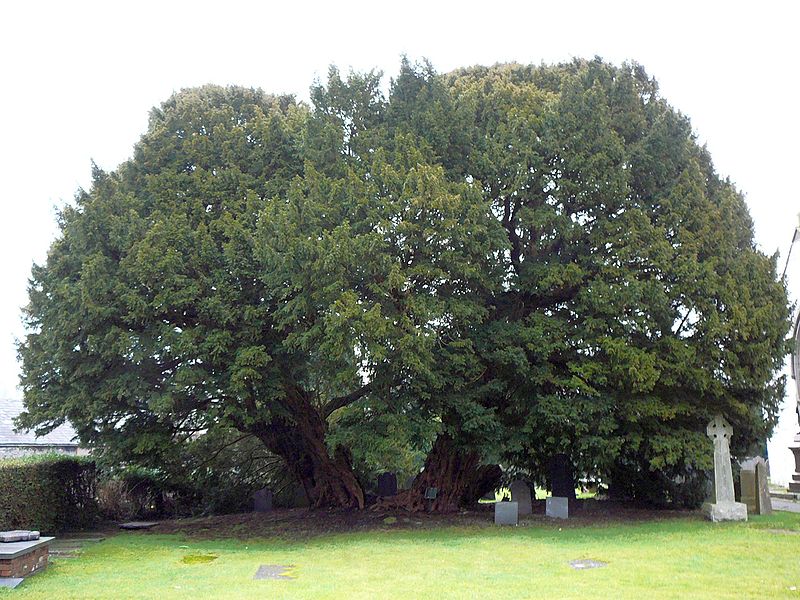
The Llangernyw Yew, located in a churchyard in Conwy, Wales, is estimated to be around 4,000 to 5,000 years old. This ancient yew tree, with its twisted, hollow trunk, is steeped in local legend and history. It continues to grow, symbolizing resilience and continuity. The tree’s longevity is celebrated as part of Wales’ natural heritage. The Llangernyw Yew stands as a living link to the distant past.
The Chestnut Tree of One Hundred Horses (Italy)
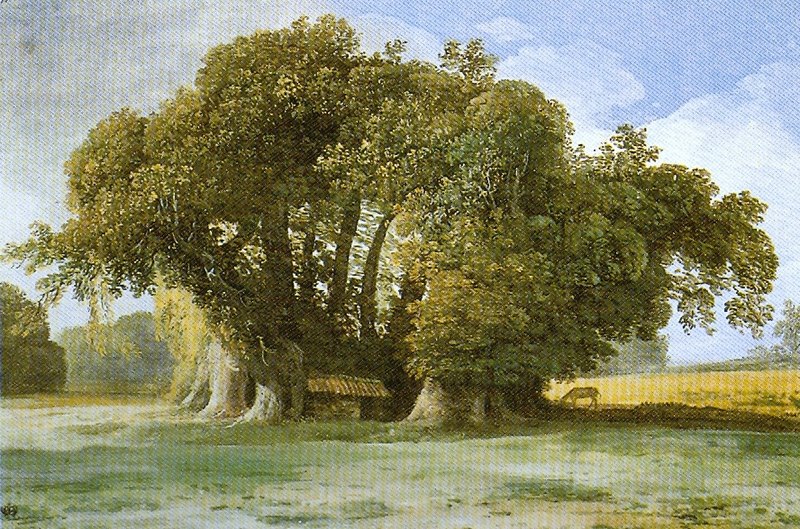
The Chestnut Tree of One Hundred Horses, located on Mount Etna in Sicily, Italy, is believed to be between 2,000 and 4,000 years old. This massive chestnut tree is renowned for its large canopy and multiple trunks. It is named after a legend that 100 knights took shelter under its branches during a storm. The tree’s robust health and historical significance make it a beloved natural monument. Its continued growth amidst volcanic soil showcases nature’s resilience.
Jaya Sri Maha Bodhi (Sri Lanka)
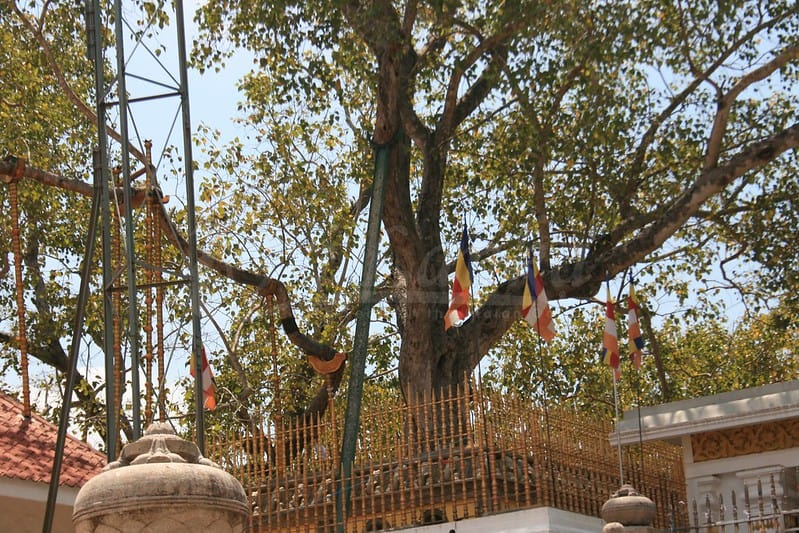
Jaya Sri Maha Bodhi is a sacred fig tree in Anuradhapura, Sri Lanka, planted in 288 BC. It is considered the oldest living human-planted tree with a known planting date. This tree, a sapling from the original Bodhi tree under which the Buddha attained enlightenment, is a central symbol in Buddhism. Its well-tended branches and leaves are venerated by pilgrims. Jaya Sri Maha Bodhi’s ancient lineage connects spiritual history with natural heritage.
General Sherman (USA)
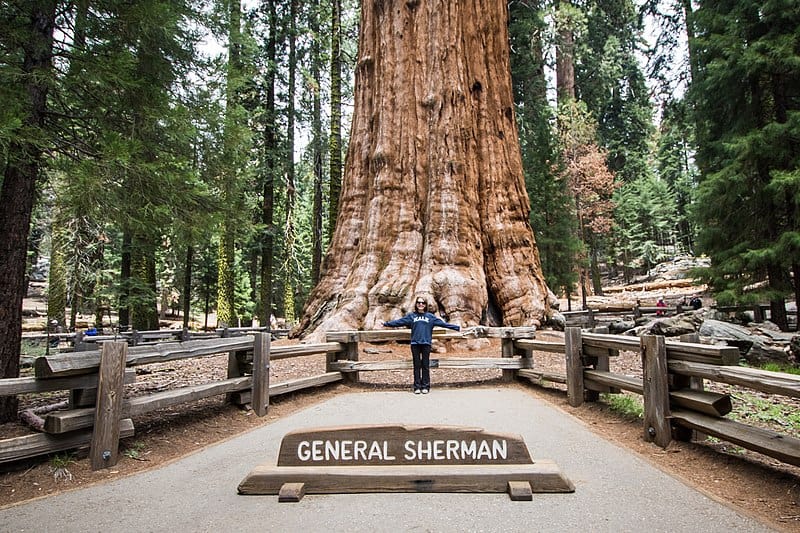
General Sherman is a giant sequoia in California’s Sequoia National Park, estimated to be over 2,200 years old. This colossal tree is the largest known living single-stem tree by volume. Its immense trunk and towering height are awe-inspiring, making it a popular attraction. General Sherman’s resilience in the face of natural challenges reflects the enduring strength of ancient trees. Its presence highlights the importance of protecting old-growth forests.
The Boab Prison Tree (Australia)
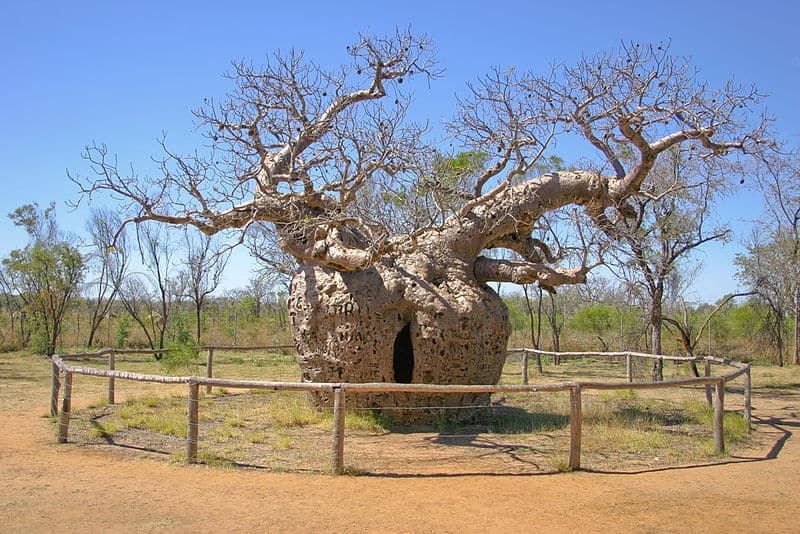
The Boab Prison Tree in Western Australia is a massive, hollow boab tree believed to be over 1,500 years old. Historically, it was used as a temporary holding cell for indigenous prisoners. The tree’s unique shape and cultural significance make it a notable landmark. Its continued growth in the harsh Australian environment showcases its resilience. The Boab Prison Tree stands as a testament to the ancient and enduring nature of boab trees.
This article originally appeared on Rarest.org.
More From Rarest.Org
Unique sports offer a fascinating glimpse into the diverse cultures around the world. Each of these sports is deeply rooted in its country’s history and traditions. Read more.
Auction houses have seen some astounding sales over the years, with items fetching record-breaking prices. From iconic artworks to rare automobiles, these auctions highlight the incredible value collectors place on certain pieces. Read more.
When it comes to owning a pet, some breeds are known for their hefty price tags. The following list highlights some of the most expensive dog breeds and what makes them unique. From ancient origins to distinctive physical traits, these breeds are truly one-of-a-kind. Read more.



